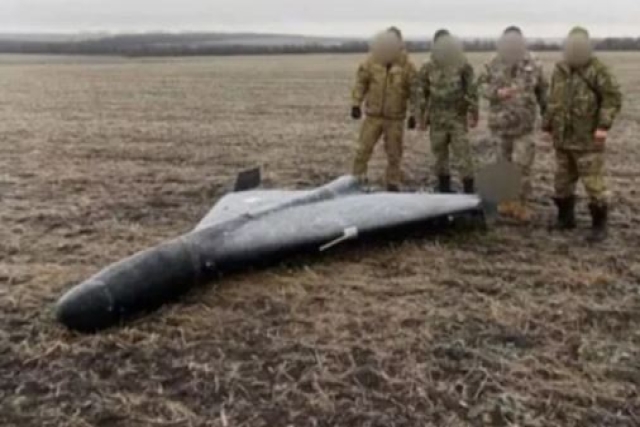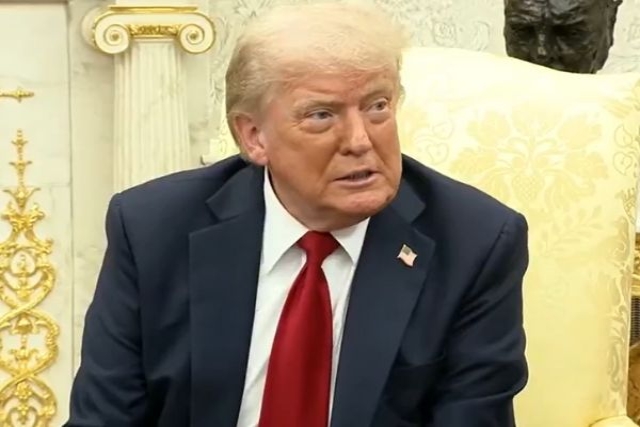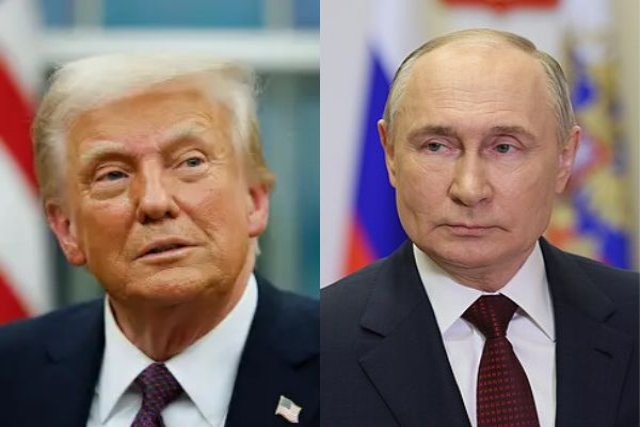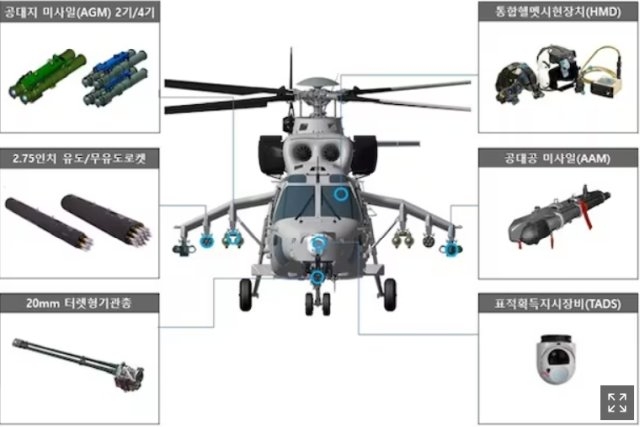U.S. Sanctions Target Chinese Entities Linked to Russia’s Garpiya Attack UAV Production
This is the first time the U.S. has targeted Chinese entities involved in developing complete weapons systems with Russian firms.

The U.S. Department of the Treasury’s Office of Foreign Assets Control (OFAC) announced sanctions against three entities and one individual linked to the development and production of Russia’s Garpiya series long-range attack unmanned aerial vehicle (UAV).
The Garpiya has been utilized by Russia in its ongoing war against Ukraine, resulting in damage to critical infrastructure and civilian casualties.
The UAV is designed and developed by experts based in the People’s Republic of China (PRC) and produced in collaboration with Russian defense firms. “The Garpiya, designed and produced in the People’s Republic of China (PRC) in collaboration with Russian defense firms, has been used to destroy critical infrastructure and has resulted in mass casualties,” the U.S. State Department said in a statement.
The U.S. has previously warned China about a network that contradicts its claims of unawareness. Since 2022, nearly 100 entities in China and Hong Kong have been sanctioned, primarily for their roles in supplying dual-use items that Russia converts into military goods for use against Ukraine. However, Thursday’s sanctions represent the first time the U.S. has targeted Chinese entities directly involved in the development and production of complete weapons systems in collaboration with Russian firms.
Acting Under Secretary of the Treasury for Terrorism and Financial Intelligence, Bradley T. Smith, stated, “Russia increasingly relies on the expertise of foreign professionals and the import of sophisticated technologies to sustain its weapons program and advance its military campaign against Ukraine.”
The entities targeted include Joint Stock Company Izhevsk Electromechanical Plant Kupol (AO IEMZ Kupol), Xiamen Limbach Aircraft Engine Co., Ltd. (Limbach) which produces L550E engine for Garpiya, and Redlepus Vector Industry Shenzhen Co. Ltd. (Redlepus). Artem Mikhailovich Yamshchikov, the General Director of TSK Vektor OOO (TSK Vektor), is also sanctioned for facilitating procurement activities for the Garpiya UAV program.
The sanctions are part of the broader effort which aims to disrupt Russia’s military capabilities. Following today’s action, all property and interests of the designated individuals and entities in the U.S. are blocked. U.S. persons are prohibited from conducting transactions involving the sanctioned parties, with potential sanctions extending to foreign financial institutions supporting Russia's military-industrial base.
Garpiya Long-Range Attack Drone
Russia has reportedly begun producing the Garpiya-A1, which uses Chinese engines and parts. This drone has been deployed in Ukraine, damaging critical infrastructure and causing civilian and military casualties. European intelligence sources and documents reviewed by Reuters indicate that IEMZ Kupol, a subsidiary of Russian state-owned Almaz-Antey, produced over 2,500 Garpiyas from July 2023 to July 2024. The Garpiya's use of Chinese technology marks a shift from Russia’s previous reliance on Iranian designs for long-range drones.
The Garpiya-A1 closely resembles the Shahed but has key distinguishing features, such as a unique bolt-on fin and Limbach L-550 E engines. Originally designed by a German company, these engines are now produced in China by Xiamen Limbach. The drone has a take-off weight of under 300 kilograms and a maximum range of 1,500 kilometers, similar to Iran's Shahed-136 drones.
Reuters reviewed a contract worth over 1 billion rubles (€10 million) signed in early 2023 between the Russian defense ministry and Kupol for developing a drone production factory. Intelligence sources indicated that a former cement factory in Izhevsk, Udmurt Republic, purchased by Kupol in 2020, is being used for this purpose. Using a video posted on Telegram, Reuters identified the Izhevsk site based on the building’s beams and internal architecture, which matched file imagery verifiable by nearby landmarks.
A Garpiya prototype was launched in early 2023, with production reaching several hundred in the second half of 2023 and over 2,000 in the first half of 2024.
The Garpiya-3 (G3) version can reportedly travel about 2,000 km with a payload of 50 kg. Samples of the G3 and some other drone models made in China have been delivered to Kupol in Russia for further testing.













